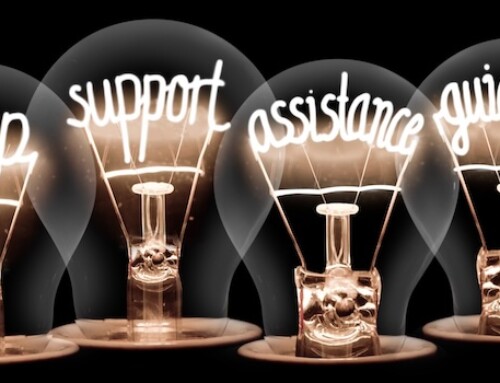Engagement scoring is a powerful tool that membership bodies use to measure the level of engagement of their members
Identifying key metrics to boost member engagement
Engagement scoring is a powerful tool that membership bodies use to measure the level of engagement of their members.
It involves assigning scores to various member interactions, such as event attendance, email opens, and website visits. By tracking these scores over time, you can identify which members are most engaged and which ones need more attention.
So why is engagement scoring important? By identifying members who are disengaged, you can reach out to them with targeted communications or personalised offers to encourage them to re-engage. This can help reduce churn and increase revenue.
On the other hand, members who are highly engaged can be identified and rewarded, for example, with exclusive content, special events, or discounts. This can help strengthen the relationship with these members, leading to increased loyalty and advocacy.
Look out for these 5 “bad” engagement signals for successful member retention
“Bad” signals can be indicators of low engagement or disengagement from members. These can include:
- Lack of activity: Members who haven’t attended events, opened emails or engaged in any way over a long period of time.
- Inactivity after joining: Members who don’t engage with your organisation after becoming a member, such as not attending events or participating in programs.
- Complaints or negative feedback: Members who express dissatisfaction with your organisation or its services.
- Unsubscribing from communications: Members who opt-out of receiving communications from you.
- Non-payment of membership fees: Members who fail to pay their membership fees on time.
Identifying these bad signals early on can help you take action and prevent your members from leaving your organisation. Once you identify these bad signals, you can then get to work to re-engage your members and strengthen your relationship with them.
You can try a few strategies, such as:
1. Personalised outreach: Reach out to members individually and acknowledge their past involvement with your organisation. Ask for their feedback and suggestions on how to improve their experience with your organisation.
2. Exclusive offers and promotions: Offer exclusive discounts, promotions, or other incentives to members who have been inactive for a while. This can encourage them to come back and engage with your organisation.
3. Refreshed content and events: Create new and exciting content, events, or activities that can rekindle their interest. Share these updates through newsletters, social media, or other communication channels.
4. Surveys and feedback: Conduct surveys to gather insights on why members have become inactive and what they would like to see more of from your organisation. Use this feedback to make improvements and tailor your approach to their needs.
5. Community-building initiatives: Foster a sense of community and belonging by creating opportunities for members to connect with one another. This can include online forums, networking events, or other social activities.
Since 2007, smartimpact has been providing Dynamics 365 and website solutions to professional membership bodies.
Click here to understand: What does your engaged member look like? How do you know they are engaged?










Leave A Comment